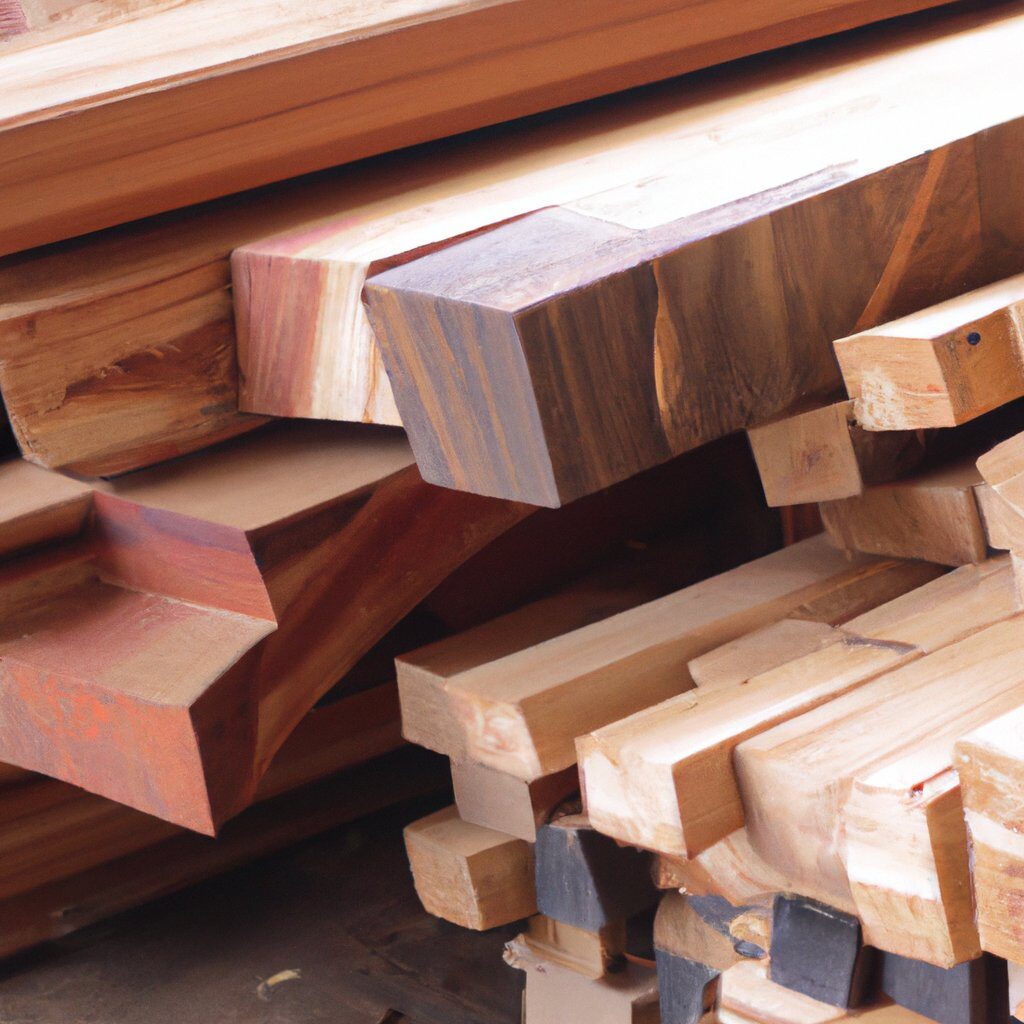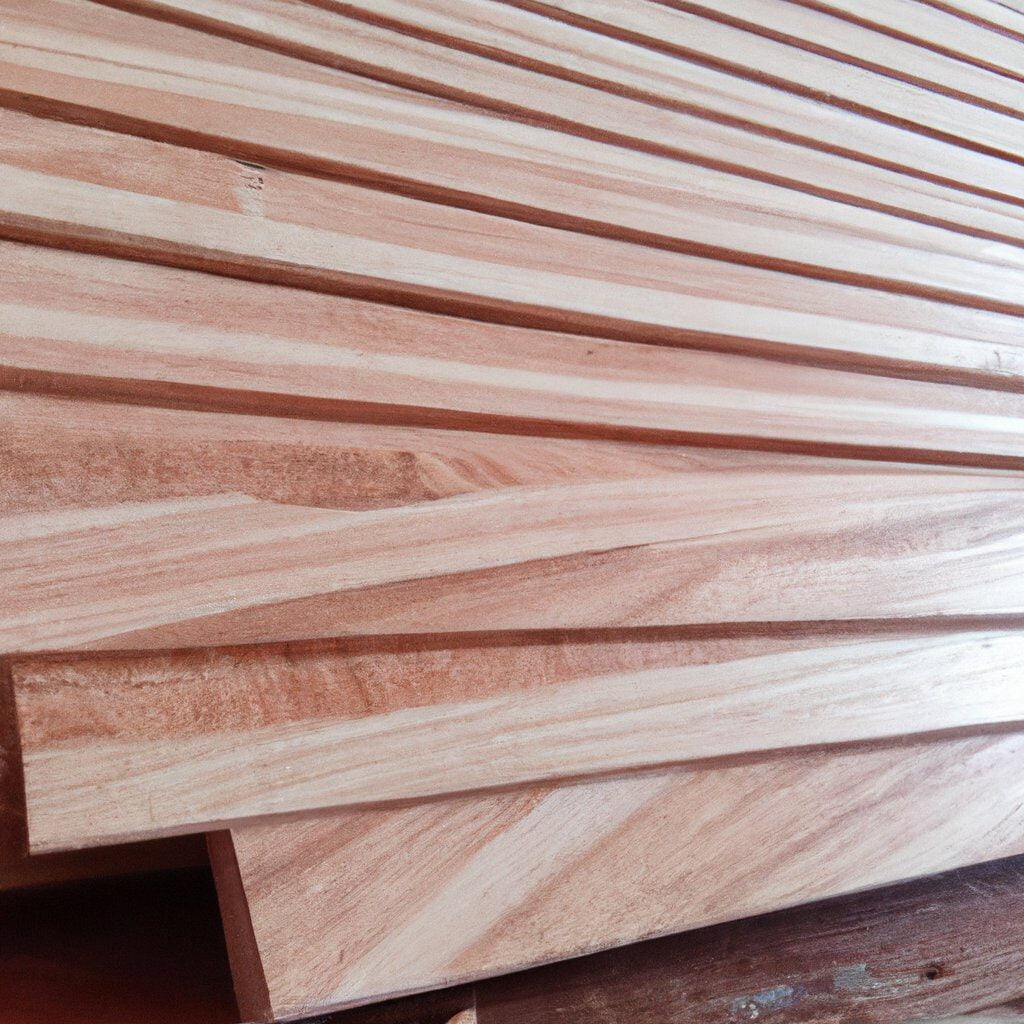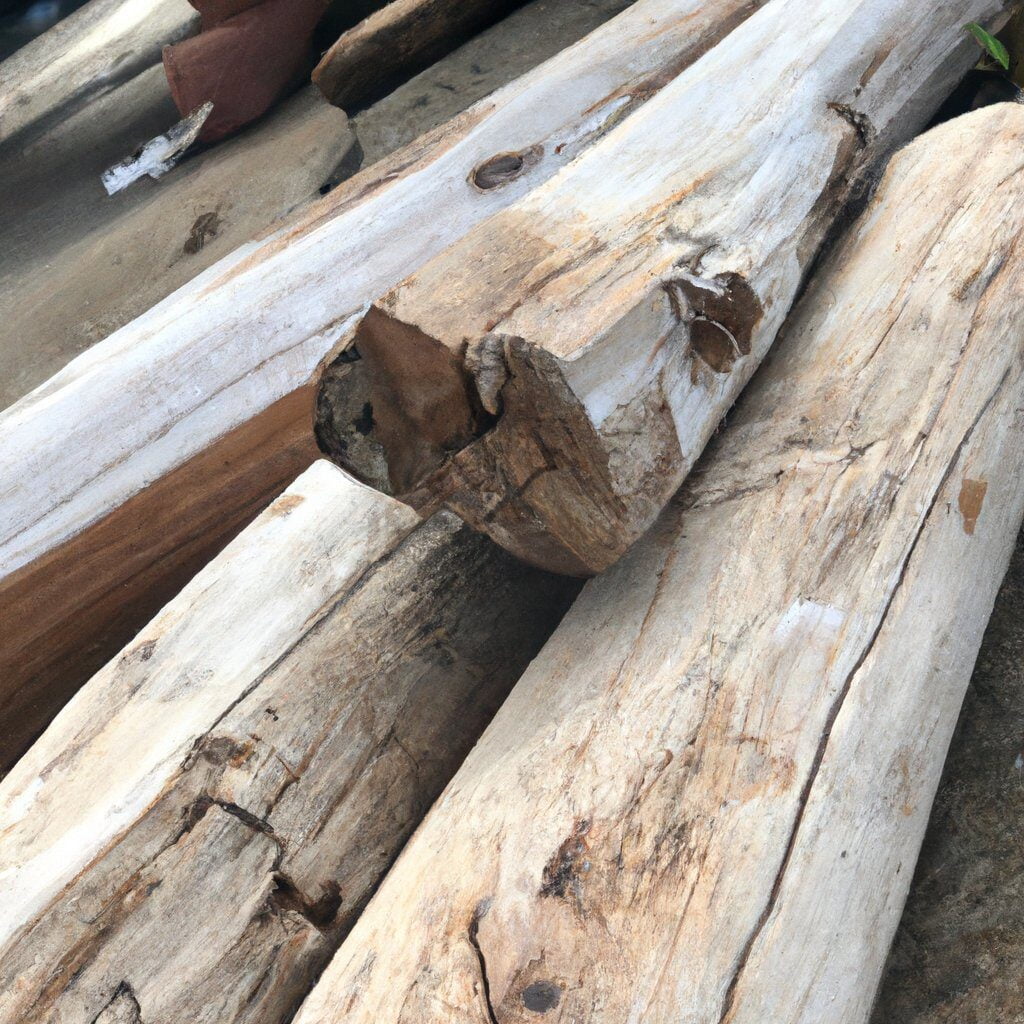Table of Contents
Wood is a natural product and timber is the part of the tree that is used in construction.
Wood and timber are two words that are often interchangeable, but they have different meanings. Wood refers to the natural product while timber refers to a particular use of wood.


The term wood is used to describe any plant material that can be cut into boards, beams, or other shapes for building purposes. Timber refers specifically to trees that are cut down for their use in construction.
Difference Between Wood and Timber
Wood and timber are two different materials that have many similarities but also a few differences. Timber is the more generic term and is used to describe any type of wood that is used for construction purposes. Wood, on the other hand, usually refers to a type of tree-based product that has been cut down and processed for use in furniture or other items.
One difference between wood and timber is that wood can be used for all sorts of purposes while timber cannot. Timber can only be used for construction purposes, while wood can be used in furniture or other items as well.
Another difference between these two materials is that timber is always made from trees, but wood can be made from any type of tree.
What Is Lumber?
Lumber is a type of wood that is cut and processed into beams, boards, and other pieces of wood.
There are many different types of lumber. It can be classified by its grain pattern, the type of tree it comes from, or the region where it was cut.
The most common types of lumber are pine, fir, spruce, cedar, redwood and hemlock. Pine is the cheapest because it is soft and easily worked with tools. Fir has straight grain lines with a fine texture and no knots. Spruce has an attractive appearance with medium-coarse texture and light coloration that can be stained or painted to look like other woods. Cedar is prized for its natural beauty because it resists decay and insects better than most other types of lumber. Redwood has a straight grain pattern that makes it easy to work with tools because there are few knots in the wood. Hemlock has a coarse texture but its natural coloration makes up for this.
Characteristics of Good Timber


Good timber is a key material for building construction and furniture. The characteristics of good timber depend on the type of timber and the intended use.
Durability: Timber that is durable will last for a long time without decaying or rotting. The most crucial aspect of a building material is its durability in terms of wood. Timber is capable of withstanding a variety of reactions, including those caused by biological, chemical, and physical agents, etc., and can carry the weight without endangering the structure.
Permeability: Timber that is permeable allows less water to pass through it, so it can be used in wet areas such as kitchens and bathrooms. The permeability of wood depends on a number of variables, including the wood’s age, type of cut, moisture content, and type.
Hardness: Harder timbers are more difficult to cut, but they are also more resistant to wear and tear from heavy use.
Toughness: Timbers with high toughness resist breaking when they are bent or twisted.
Elasticity: Refers to the ability to resume its actual or original shape after a load is removed. A good piece of wood should have some flexibility.
Workability: A workable timber can be processed easily into different shapes such as planks or sheets of plywood by cutting, drilling, and bending.
Weight: The weight of a log is the most important characteristic to consider when choosing your timber. The weight of the timber will be determined by the type of tree, its age, and its location on the tree.
Structure: This is another important characteristic to consider when choosing timber. The structure is determined by how much moisture and air has been absorbed into the timber. The more air and moisture that has been absorbed, the more likely it will be to warp, twist or shrink when it dries out.
Defects: Defects are any characteristics that may make a piece of wood unsuitable for use in construction or furniture making and can include knots, surface checks, splits, shakes, and rot.
Fire resistance: Timber’s thermal conductivity is influenced by a number of variables, including density, porosity, and moisture content. Various types of wood can resist fire, but only to a certain extent.
Appearance – Timber that is too light or dark in color, has a lot of knots in it or splits in the wood is not considered good.
Color: Timber should be a natural color and not too bright or dark.
Shape: The wood should be straight and not curved or bent.
Smell: An unpleasant odor indicates decayed wood, while a sweet odor indicates good wood for engineering projects.
Sound: When struck with a hammer, the sound should be clear and sharp without any popping sound.
Best Wood For Furniture


Wood is a natural and renewable material that has been used for centuries to create furniture. However, not all wood is the same and it’s important to know which type of wood is best for your furniture.
Different types of wood have different characteristics, so it’s important to know what you’re looking for in your furniture before choosing a type of wood. For example, some woods are more durable than others, while some are more expensive than others.
There are many different types of wood all over the world, but some of the most common types are pine, cedar, oak, mahogany, birch, and maple.
Conclusion
Wood is a natural material that has been used for many years. It is used in many different ways, from building homes and furniture to making paper and pencils. Timber is processed wood after it has been cut down and made into boards. Lumber is processed timber that has been cut into smaller pieces like 2x4s or 1x2s.